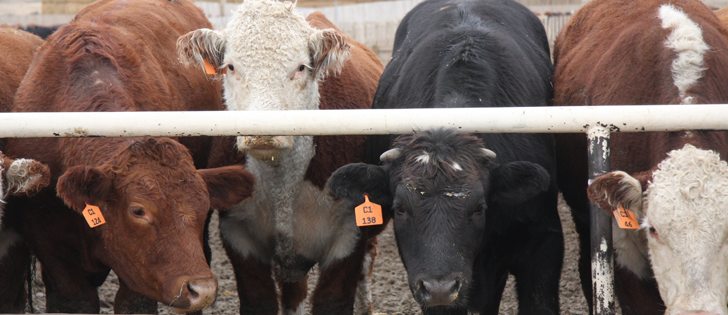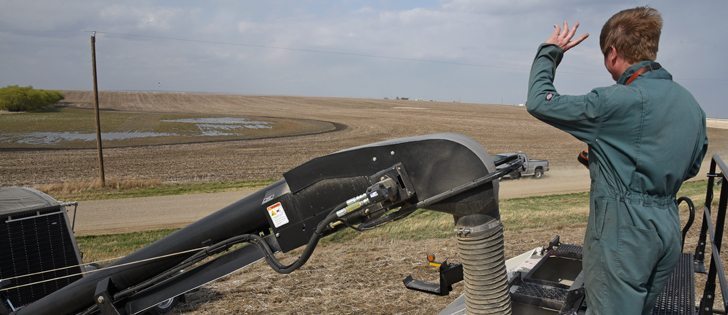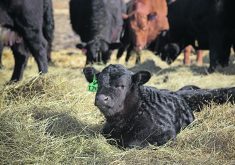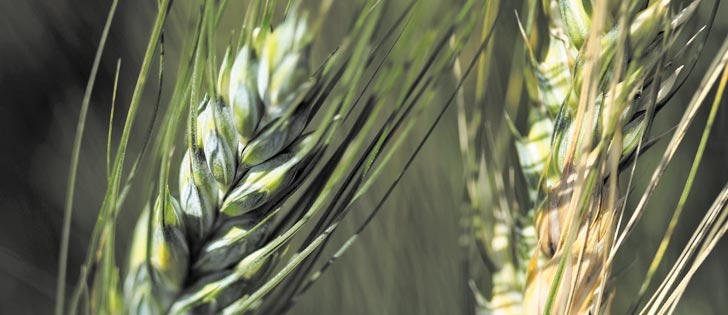Saskatchewan producers say trade and market access are top priorities for the next agriculture policy framework.
The provincial government said this morning that 887 people, three quarters of them producers, responded to a recently completed online survey on the non-business risk management components of the framework. Other respondents were consumers, organizations, processors, researchers and business.
Of the producer participants, half were grain growers and a quarter were livestock producers, while 18 percent were mixed operations. Vegetable growers, dairy, honey and poultry and egg producers also participated.
Nearly half of all respondents selected trade and new market access as the greatest opportunity for the province’s agriculture industry in the next five to 10 years. The growing value-added and processing sector came in at 39 percent, followed by innovative crop and livestock production and management systems at 33 percent.
Read Also

Farming Smarter receives financial boost from Alberta government for potato research
Farming Smarter near Lethbridge got a boost to its research equipment, thanks to the Alberta government’s increase in funding for research associations.
Respondents said new innovations in crop and livestock breeding and genetics, increased use of farm business management practices and technology to manage production were also opportunities.
The survey also asked about risks.
Consumer perception of agriculture was identified as the greatest risk at 23 percent, followed by changes to market access at 15 percent and environment and climate change at 14 percent.
Plant and animal disease threats, farm succession, transportation and storage, food safety and security, the implementation of a carbon tax, high input costs, low prices, small profit margins and increasing farm sizes were all also mentioned.
Asked specifically about the six priorities from the Calgary Statement signed by agriculture ministers last July, respondents again said markets and trade would have the greatest impact on the industry, followed by science and innovation, public trust, value-added agriculture and processing, risk management and environment and climate change.
However, the report notes responses differed when producers were separated from other respondents.
“All demographic groups frequently indicated that markets and trade, and science, research and innovation will have a great impact on agriculture,” the report said.
“Producers tend to place more emphasis on public trust, while other groups tend to emphasize environmental sustainability and climate change.”
In terms of funding, respondents were asked to allocate a budget to the six priority areas.
Science, research and innovation was allocated 22 percent, followed by markets and trade at 21 percent, risk management at 16 percent, value added and processing at 15 percent, environment and climate change at 14 percent and public trust at 12 percent.
Full survey results can be found at here. (PDF format)
Contact karen.briere@producer.com


















